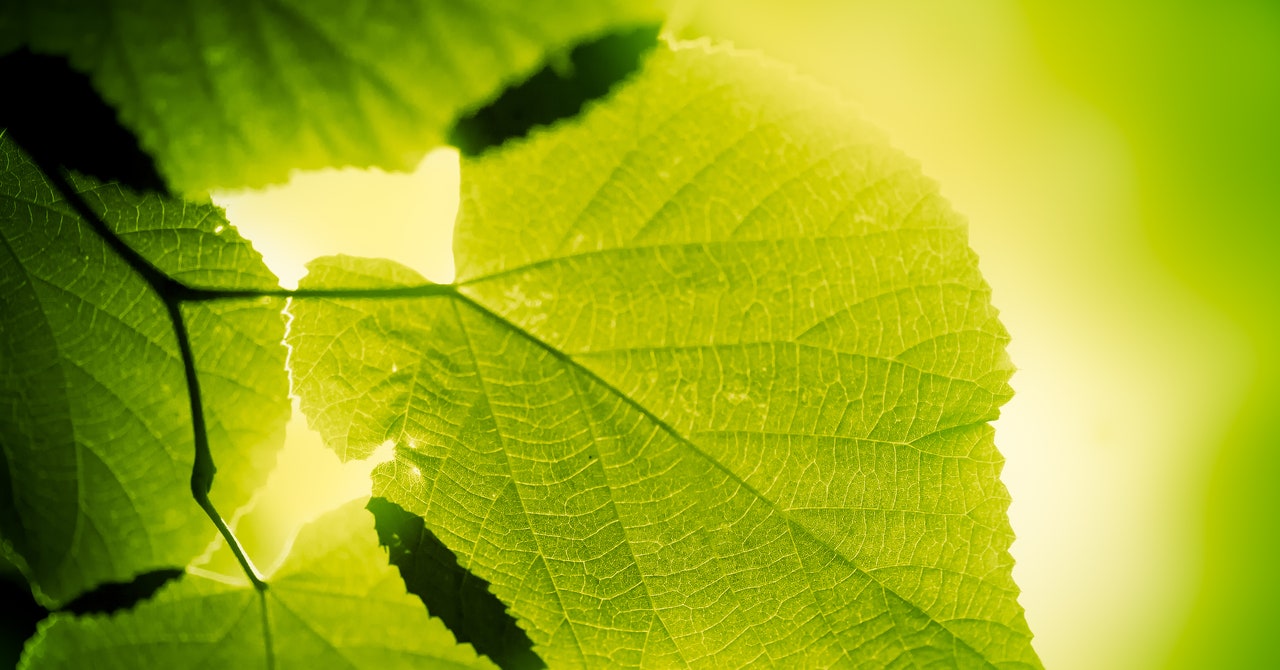
Chloroplasts, the parts of cells that allow plants and algae to photosynthesize, are thought to have originated more than 1 billion years ago, when photosynthetic cyanobacteria lived symbiotically within other primitive cellular organisms.
Replicating the development of this photosynthetic capability in other cells today—by placing chloroplasts inside animal cells—was previously thought impossible: Animal cells recognize chloroplasts as foreign bodies and digest them. But a Japanese research team has changed this thinking. It has developed a technique to isolate photosynthetically active chloroplasts from the primitive algae Cyanidioschyzon and transplant them into Chinese hamster ovary (CHO) cells, a type of cultured animal cell line, and still retain their functionality.
“To our knowledge, this is the first time that photosynthetic electron transport has been confirmed in chloroplasts transplanted into animal cells,” explains Yukihiro Matsunaga, a professor at the University of Tokyo. Electron transport is a key process by which plants and algae generate chemical energy, supporting various cellular functions.
Matsunaga’s research team succeeded in transferring the chloroplasts by promoting phagocytosis by the CHO cells, which is the process by which cells digest and break down foreign substances.
The research team then used fluorescence laser microscopy and super-resolution microscopy to capture cross-sectional images of the cells and observe how both the cells and chloroplasts behaved. They found that the chloroplasts that had been taken up into the CHO cells were present within the cytoplasm, the liquid that fills the interior of the cell, with some of them surrounding the cell nucleus. After the chloroplasts were taken up, the CHO cells showed signs of behaving normally, for instance by continuing to divide.
Further observations using an electron microscope revealed that the structure of the thylakoid membrane of the chloroplasts—which is where the enzymes required for photosynthesis are located—was maintained for at least two days. Measurements of photosynthetic activity using microscopic imaging and pulse modulation also confirmed that electron transport for photosynthesis was normal during this period. However, on the fourth day after the transfer, the structure of the thylakoid membrane collapsed and the chloroplasts’ photosynthetic activity significantly decreased.
This research points to new possibilities in tissue engineering. Artificial organs, artificial meat, and skin sheets made from multiple cell layers have limited growth when the tissue is exposed to low oxygen levels. If cells incorporating chloroplasts could be added, it might be possible to supply oxygen to the tissue and promote growth simply by shining light on it.
But to achieve this, a technology is required that allows transplanted chloroplasts to maintain photosynthetic activity for longer inside animal cells. According to the research team, in the future it will also be necessary to quantify the amount of oxygen generated by the transplanted chloroplasts and the amount of carbon dioxide fixed inside the animal cells, which can be done using a technique called isotope labeling.
The research team will now continue its research, with the ultimate aim of creating “planimal” cells that have plant capabilities. Planimal cells, if possible, could be a game changer in multiple industries, including medical research, food production, and energy generation.
This story originally appeared on WIRED Japan and has been translated from Japanese.



